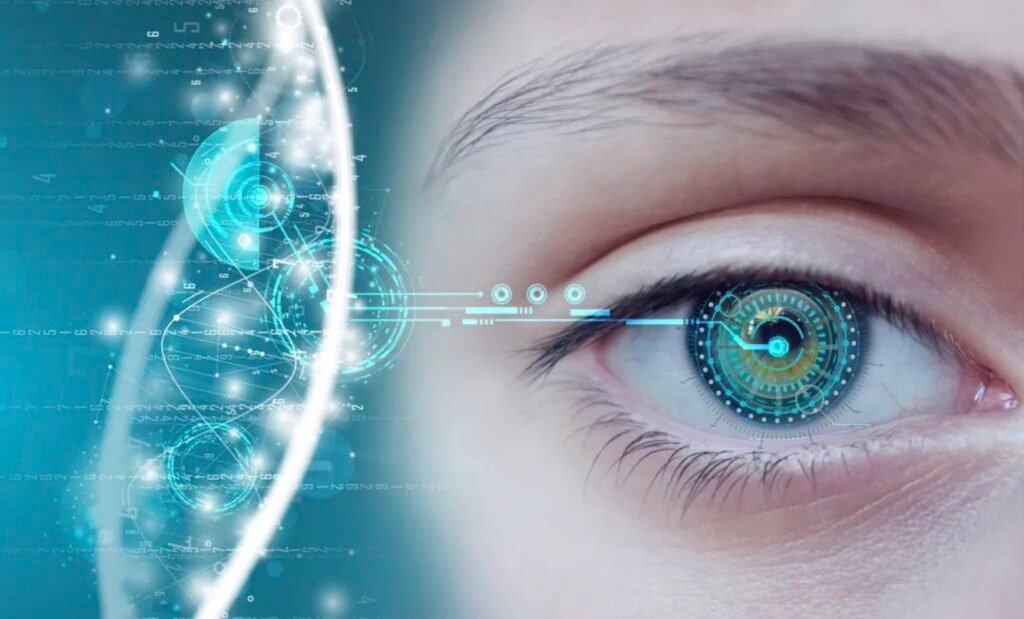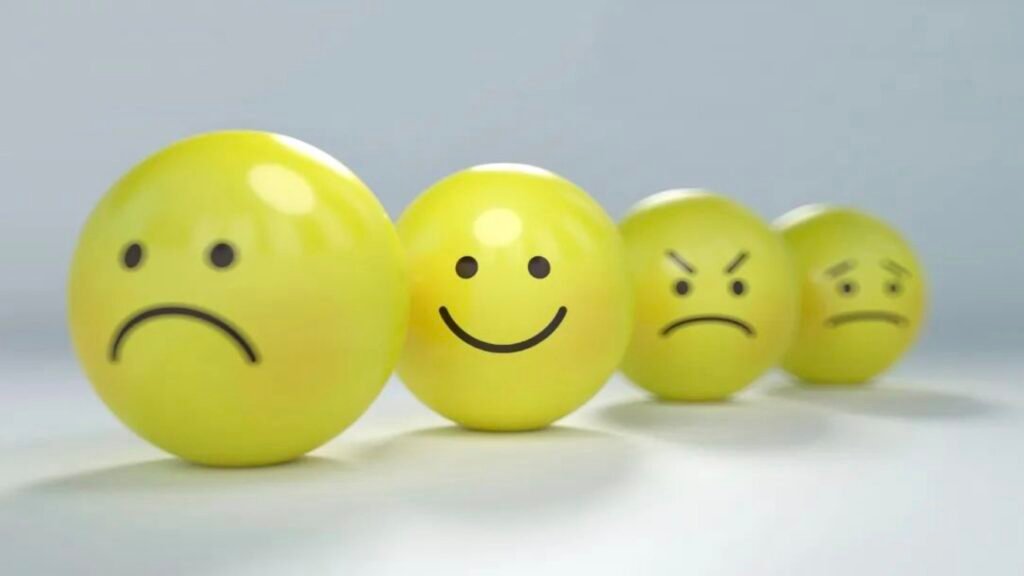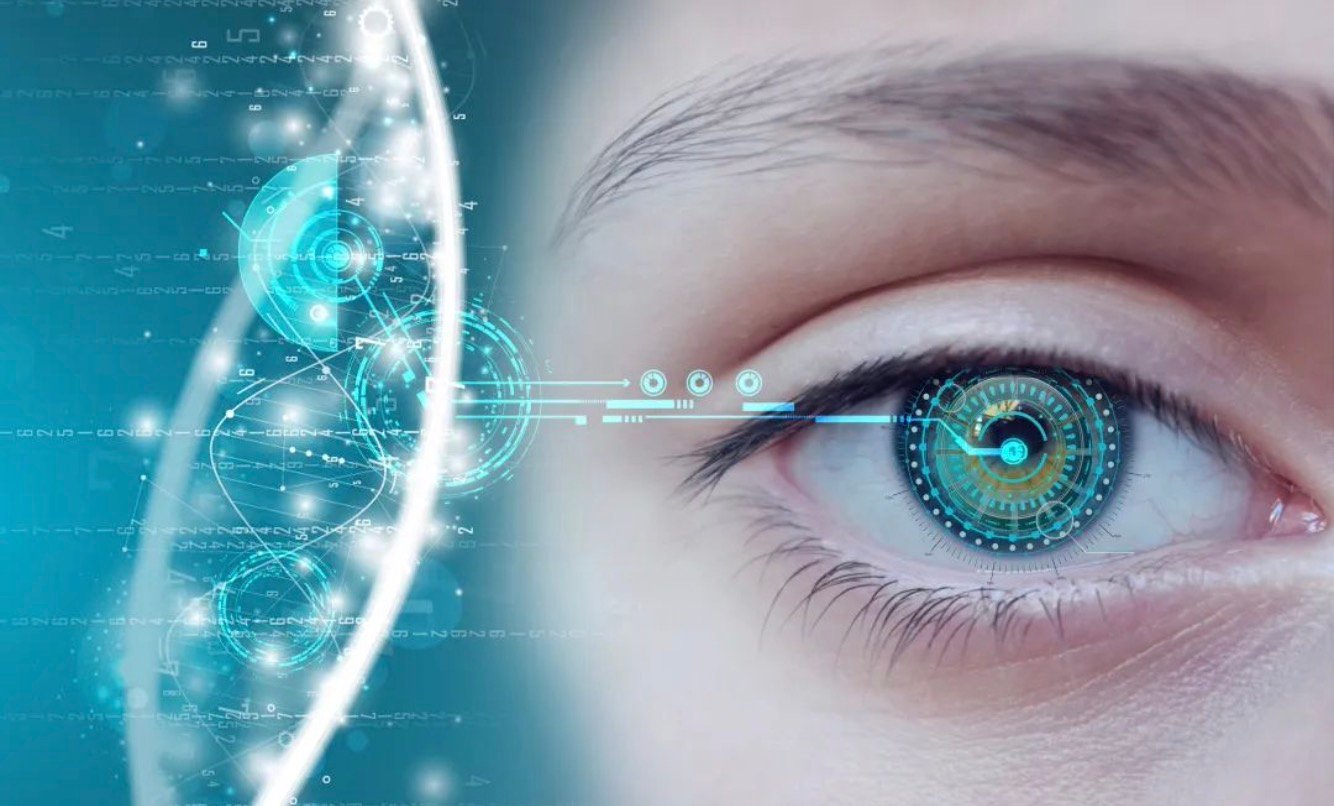Learning from nature, people-oriented. We make flexible and rhythmic light formulas in the spirit of rigorous science.
Natural spectrum, different from morning to nighttime
We often say that the eyes are the windows to the soul. More than 80% of things are observed with our eyes. Light signals enter the eyes, stimulate the optic and cranial nerves, and affect mood and biological time.

In the 19th century, humans invented incandescent light. Today, we’ve been studying and living in the environment of artificial light sources for quite a long time. So, how to create a high-quality indoor light environment?
Seven evaluation indicators: Visibility, Mobility, Health and Safety, Mood and Comfort, Sociality and Communication, and Aesthetics. Among them, the foremost important thing is to provide a safe, comfortable and healthy light environment.
In line with the concept of “learning from nature”, the Institute of Interior Design of Chung Yuan University has done a lot of research on natural light in Taiwan.
They used spectrometers and other more sophisticated instruments to try to spectral measurements in sunny, rainy, cloudy, and other weather and accumulated an outsized number of original data records. They found that in autumn, on sunny days and rainy days, there’s a difference of about 4-72 times in the ratio of illuminance.

On sunny, rainy, and cloudy days, from 9:00 am to 11:00 am, and even to 1:00 pm, the illuminance shows a rapid upward trend, and therefore the color temperature is about 5700K during the day. The R9 color rendering index is nearly 100 in the daytime, and therefore the frequency of change is relatively large at sunrise and sunset, but this number is comparatively high on rainy days.
This is also a critical time point between photopic vision, night vision, and mesopic vision, and spectral frequencies also vary in specific periods.
Through observation, researchers found that no matter whether rain or shine, as long as there’s sunlight, our daily needs for light are often met. In natural light, additionally to illuminance, color temperature, color rendering index, spectrum, and frequency, the time of exposure may be a very critical factor.
“Anti-common sense” and optical code in evidence-based and truth-seeking
Now the LED light we use, the upper the color rendering index, the closer to the natural spectrum. When light enters the eyes, additionally to producing visual stimulation, it also affects the systema nervosum of the brain, affecting human hormone secretion and psychological emotions. this is often also the reason why rhythmic lighting has been paid more and more attention in recent years.

Therefore, we’d like to understand the structure of the brain and the non-visual effects of different illuminance, color temperature, color rendering index, spectrum, and frequency, and get in touch with time on people. this is often a very complex mechanism of action.
In an experiment on concentration and relaxation, researchers randomly found 32 subjects who signed up online and divided them into morning, afternoon, and evening. Each light situation unit was measured for about 5 minutes, a complete of 7 situations, to live them The brain wave changes in response, rest for a quarter-hour in between, then go to a round of ambient light for measurement.
The researchers adjusted and altered different light recipes in different lighting scenarios to see how their brainwaves responded. Then the relevant brain wave measurement data were consulted and plenty of literature was consulted.
According to the average value of the subjects, within the morning, when the CRI is high, the color temperature is 4000K, and therefore the color temperature is 750lux, people’s concentration is comparatively strong; while the same is 4000K when the illumination is low, the concentration is weak.

In the afternoon, it’s also full spectrum, high CRI, 4000K, but people’s concentration is going to be higher at 450lux. At night, when the CRI is high, 3000K, and 550lux, the subjects’ concentration is comparatively high.
These measured brain wave data could also be somewhat different from our usual cognition. for instance, once we are sleepy in the afternoon, we might imagine that melatonin accumulates more and that we should use high brightness and high color temperature to wake people up. But after all, the illuminance of medium and high color temperatures 600-650lux could also be less conducive to people’s concentration than 450lux.
The impact of sunshine on mood and rhythm requires extremely rigorous evidence-based research, which may be a long-term process. We and therefore the Grand Canyon Smart Lighting has just started, and we will also increase our efforts to promote the implementation of research results and create a more healthy and comfortable light environment for people.
Learn from nature and make “elastic and rhythmic” light formulas
During the study, the researchers also found that regions and races respond differently to light.
For example, for the identical color temperature, the intensity of cold and warm feelings could also be different for each person. within the research of neuroscience, the man may be a domesticated animal. If you stay in a light environment for a long time, you’ll become rigid and habitual. In the end, these habits will affect our life and body, leading to discomfort or sub-health.
For example, some people are wont to bed late, and a few are used to getting up early. So, to find out from nature is to learn the ecological regulation of nature and give people a better choice.
During the day, cones can see all the changes and colors in their surroundings. At night, without sunlight, we will still see the shape of objects because our pupils change.
Therefore, these organs and physiological functions of the citizenry must be stimulated continuously to produce some actions, otherwise, they’re going to become rigid. a bit like riding a bicycle, when it’s smooth all the time, it’ll feel monotonous and boring, and it needs a touch of physiological stimulation.
The shadows of trees and clouds under the sun have changed, and our concentration also will be different. This alertness, focus, or relaxation, isn’t singular, but changes over time.

For example: when brain waves are below 20 Hz, people are often very calm. But too calm, it’ll feel bland. Therefore, once we make the light formula for rhythmic lighting, there should even be some rhythmic stimulation changes in a period, and this alteration is elastic, and a few adjustments can be made according to the characteristics of each person.
Looking to the future
The application and intelligence of LED light sources and the development of technologies such as the Internet of Things have brought huge changes to the entire lighting industry. an honest light environment, in addition to good visual perception, also provides us with a healthy body.
The sea of stars and seas of light and health, light and emotion are incomparably vast. EYBO focuses on healthy lights and lighting design, let’s start together!


